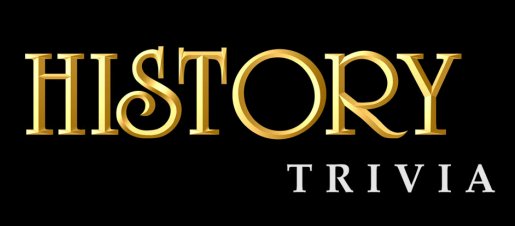 The Tremont House was built in 1846. Next year (2021) will be its 175th birthday! If you worked in the Tremont House (at Leonard’s Pharmacy, for instance) or have stories about the Tremont House, please let us know. We would like to collect as much as we can about this grand old building to help celebrate its 175 years of life.
The Tremont House was built in 1846. Next year (2021) will be its 175th birthday! If you worked in the Tremont House (at Leonard’s Pharmacy, for instance) or have stories about the Tremont House, please let us know. We would like to collect as much as we can about this grand old building to help celebrate its 175 years of life.
Q: How did Bellevue get its name?
A: In 1835 under the charge of James H. Bell, Chief Engineer, the line from Tiffin to Sandusky was run through Amsden's Corners, a somewhat roundabout way, instead of the straight and shorter way to Sandusky. Amsden s Corners had a "boom." Mr. Amsden, Mr. Chapman, Dr. Harkness and Gurdon Williams purchased a town site, laid out a large plat with many lots and out of pure disinterested gratitude named the new allotment Bellevue, in honor of Mr.. Bell.
Q: Bellevue is in the part of Ohio know as 'The Firelands" - where did that name come from?
A: The Firelands or Sufferers' Lands tract was located at the western end of the Connecticut Western Reserve in what is now the U.S. state of Ohio. It took the name "Fire Lands" because it was intended as restitution for residents of the Connecticut towns of Danbury, Fairfield, Greenwich, Groton, New Haven, New London, Norwalk, and Ridgefield. They had been burned out of their homes in 1779 by British General Willam Tryon and in 1781 by Benedict Arnold during the American Revolutionary War. The area definition is now spelled as one word, "Firelands".
Q: Where did Lyme get its name from?
A: Lyme was named after the town of Lyme, Connecticut which was named after the town of Lyme Regis in England. Many of the settlers in Lyme were from Connecticut due to The Firelands land grant and that is were the impetus came from.
Q: Where is York Cross Roads and Amsden Corners and how do they connect to Bellevue?
A: Bellevue was founded in 1815 as "York Cross Roads" when the first settlers built their log homes on Main Street. In 1819, Thomas G. Amsden from Ontario County, New York, and Frederick A. Chapman became interested in real estate at York Cross Roads. In 1823, Mr. Amsden opened the York Cross Roads first general store, and in 1825 Mr. Chapman became his partner. Their business was largely with the Indians trading furs of wild animals and current coin and received in barter for "store goods." The settlement now became known as Amsden s Corners. In the mid 1830s, James H. Bell, a civil engineer of the Mad River & Lake Erie Railroad, helped design a new station and called it “Bellevue” suggestive of his name. By 1836, the post office name was changed to Bellevue. By 1853, the City became known as Bellevue.
Q: Did you know that Dum Dum Suckers were made in Bellevue?
A: Many Americans have fond memories of eating Dum Dums lollipops as children. The little, multiflavored suckers are popular treats for Halloween, birthday parties and school events.
Dum Dums have been manufactured in Ohio since they were invented nearly 100 years ago, and between 1940 and 1953, they were made in Bellevue.
According to information provided by the Bellevue Historical Society, much of which comes from books by the late Bill Oddo, the Akron Candy Co. first began making Dum Dums in 1924. The origin of the suckers’ name is twofold - a sales manager noticed they resembled the dum dum bullets used in World War I, and the phrase “Dum Dum” would be easy for children to say.
The lollipops’ popularity skyrocketed, and by the late 1930s, the candy was generating $400,000 in gross annual sales. To keep up with demand, the company was forced to seek a larger manufacturing site.
Luckily for Bellevue, members of the Nickel Plate Railroad industrial committee heard about the search and shared the information with the Bellevue Boosters, an organization striving to revitalize the town that suffered economic downfall during the Great Depression.
A deal was struck with Akron Candy Co. owners Ernest and Leonard Kirtz, and Dum Dum operations moved to Buckeye Street in Bellevue. Production of Dum Dums in Bellevue began 82 years ago, in January 1940.
Candy, 11 flavors, made by hand and machine.
The move provided jobs for up to 80 employees during peak season, 75-percent of whom were women. Manufacturing ran round the clock, with employees working one of three eight-hour shifts.
Read the entire article by clicking on the link below:
Article written by Sheri Trusty - Correspondent to Fremont News Messenger - January 11, 2022




